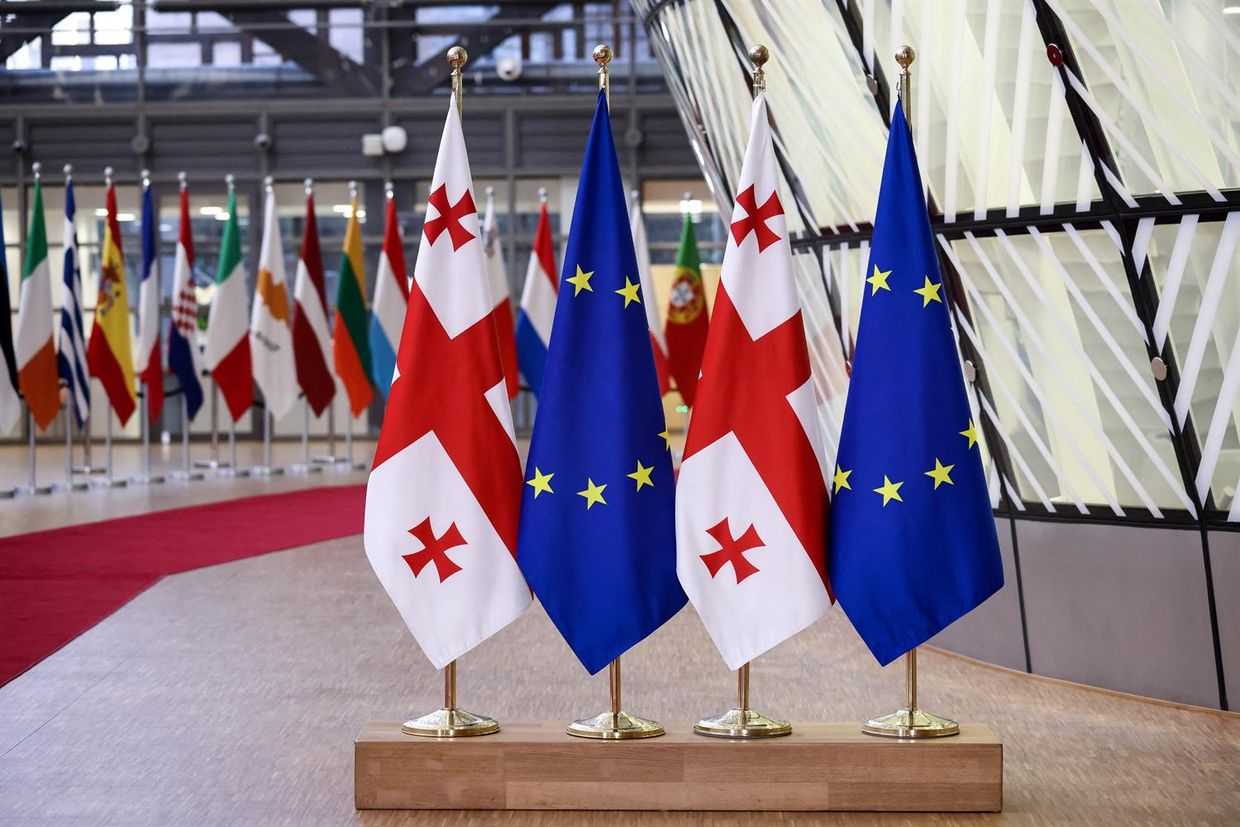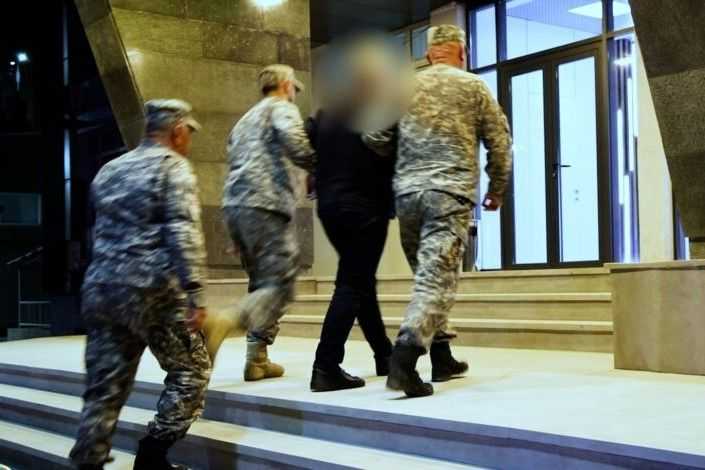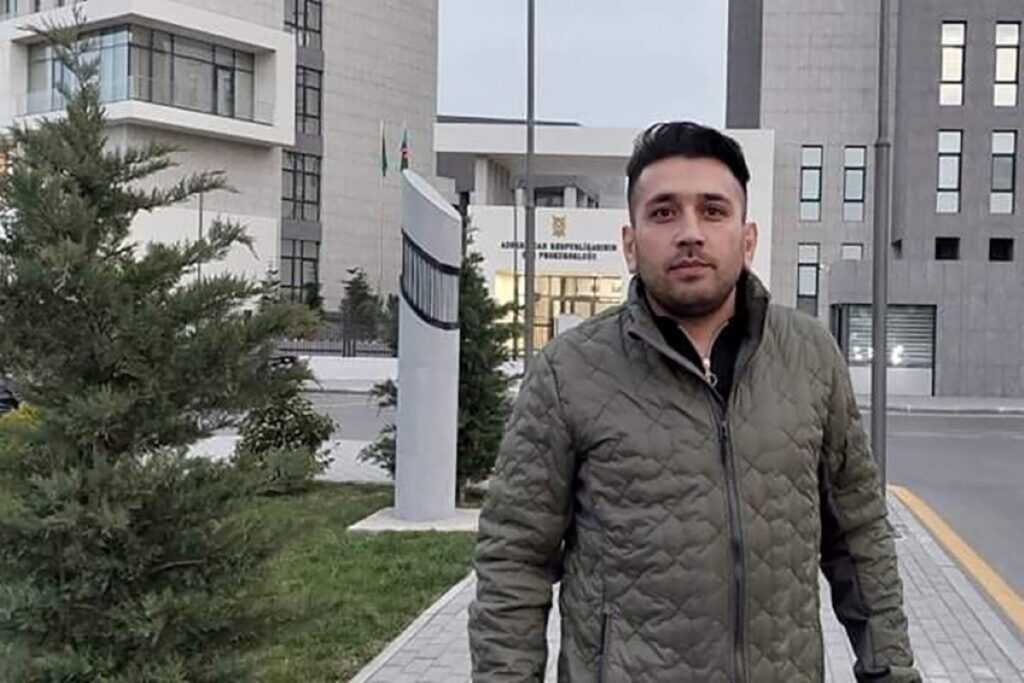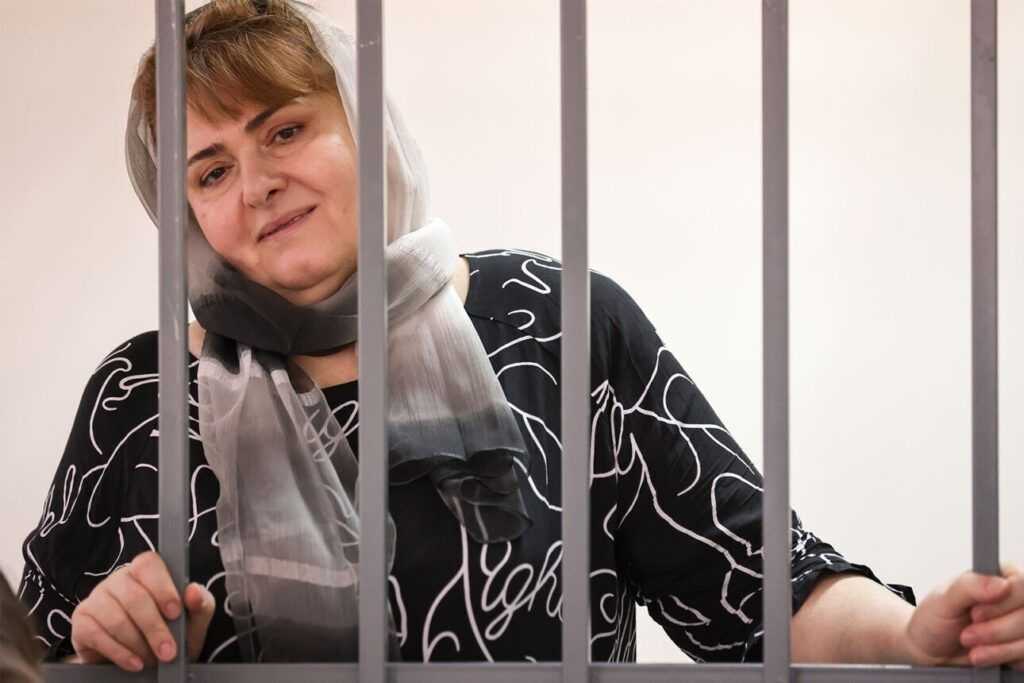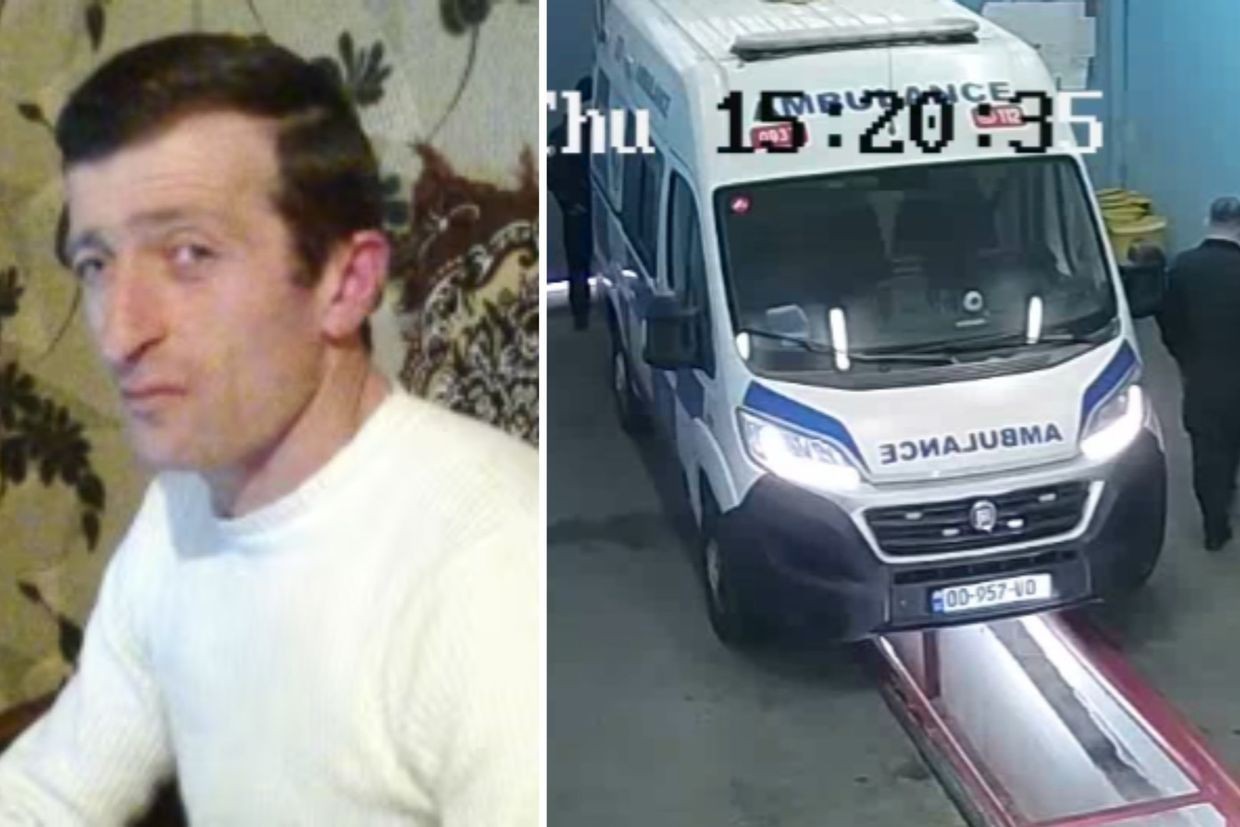
Georgian inmate Ioseb Gorgadze, 46, died while receiving treatment in a hospital more than three months after being transferred there from Tbilisi’s Gldani prison with severe traumatic injuries. While the Ministry of Justice claimed that no signs of violence were found during the investigation, the lawyer and family have disputed this version.
Gorgadze’s family was informed of his death on the night of 4 May. He had been placed in Vivamedi Clinic in January, and due to the severity of his condition, his lawyer soon raised suspicions of possible beating and torture. The Special Penitentiary Service, the agency responsible for prisons, denied the allegations from the outset.
Gorgadze, a resident of the Tsalka municipality in Southern Georgia, was arrested in connection with a fatal road accident that occurred in the same municipality in October 2024.
According to his lawyer, Mukhran Ghurtskaia, Gorgadze had struck four individuals with his car — people who were returning from a Georgian Dream pre-election rally in Tbilisi and had exited their vehicles at the time of the crash. All four were killed.
Gorgadze was charged under the criminal code, placed in pretrial detention, and held in Gldani Prison No. 8 in Tbilisi. Ghurtskaia described his client as ‘a completely non-confrontational person’ who had no reported issues with fellow inmates. He added that Gorgadze himself was not injured in the crash.
‘He attended his hearings, including the one on 17 January, and was in good health’, the lawyer told OC Media.
Gorgadze’s health deteriorates in prison
Gorgadze was transferred from prison to the Vivamedi clinic on 23 January. However, according to Ghurtskaia, neither he nor Gorgadze’s family were informed by the prison administration. Instead, Ghurtskaia only learned about the transfer several days later — through a phone call, apparently from one of Gorgadze’s cellmates.
‘He told me Gorgadze wasn’t feeling well, that he’d been taken to the hospital, and asked if I knew anything’, the cellmate told Ghurtskaia.
According to the lawyer, the cellmate did not initially specify the cause of Gorgadze’s condition. However, in a later testimony, he claimed that Gorgadze had collapsed in the toilet area, hit his head against a nearby step-like structure, and lost consciousness.
According to a medical report completed by the prison doctor and shared with OC Media by the lawyer, Gorgadze was initially diagnosed with a suspected stroke. The doctor wrote that the inmate was ‘lying on the floor, unconscious’, and that he ‘uttered only one word — “no” — and otherwise was unresponsive’.
However, this diagnosis was not confirmed at the Vivamedi clinic. According to the clinic’s medical director, Zurab Chkhaidze, medical tests revealed that Gorgadze had sustained ‘multiple injuries of various kinds’.
According to one of the medical reports from Vivamedi, seen by OC Media Gorgadze’s injuries included a focal brain injury, superficial head trauma, and a skull fracture, along with other injuries.
As Chkhaidze told OC Media, several neurosurgical interventions were required for Gorgadze, and although ‘there was a brief period of improvement’, the patient’s condition nevertheless deteriorated.
The state responds to allegations of beating
In response to the mounting questions surrounding Gorgadze’s death, the Penitentiary Service issued a statement on Monday condemning what it called the ‘manipulation of the inmate’s death’. The agency stated that the case is being investigated by the relevant unit of the Ministry of Justice and that the public will be informed of the results once the investigation is complete.
However, it added that ‘no evidence of a fight or violence has been confirmed within the ongoing investigation’.
Following the widespread media coverage of the case, the Penitentiary Service’s statement was followed by the release of a 29-minute surveillance video from the prison by the Ministry of Justice on the next day. Later, Justice Minister Paata Salia commented, claiming that Gorgadze’s injuries were ‘likely the result of a fall’.
‘This would be determined by the investigation based on the relevant forensic examination’, he added.
Ghurtskaia said he does not trust the state — while he was unable to say what the motive for violence against Gorgadze might have been, or who exactly could have carried it out in prison, he was certain that the injuries documented in medical reports could not have been caused by a single fall.
‘It’s a fact that he was beaten, tortured, and taken to the clinic in a critical condition’, he added.
The deceased’s brother, Shota Gorgadze, also doubted the ministry’s version of events. He blamed the Special Penitentiary Service for what happened, stating ‘even if someone fell from the tenth floor, they wouldn’t sustain the kind of injuries he had’.
‘This was deliberately planned and carried out by the Penitentiary Service. They were responsible for protecting my brother’, he added.
The footage released by the ministry shows fragments captured between 21–23 January. The recording includes various episodes, such as the moments when guards escorted Gorgadze in and out of his cell, footage of him talking on the prison phone, and, finally, material showing his transfer to the hospital.
The state released the video as evidence that no violence had been committed against the prisoner; however, the lawyer insists that the full, unedited footage must be made public.
According to the Ministry of Justice, the surveillance footage obtained during the investigation covers the period from 14 to 23 January, amounts to a total of 220 hours, and is accessible to the deceased’s legal representative.
Moreover, the material does not include any footage from inside the cell. The Public Defender, who is also studying the case, found that there was no video surveillance inside the cell itself.
Neither the Public Defender nor the lawyer was able to speak with Gorgadze during his time in the clinic due to his medical condition.
‘We couldn’t do anything. He was unresponsive for all 3.5 months’, the lawyer said.
In the footage released by the ministry, visible injuries to Gorgadze’s face and body are not apparent. According to Ghurtskaia, however, he has seen footage in which redness on his body is visible — but even if no injuries were visible at all, he said, it would not change the fact that there is a medical report confirming the traumas.
Ghurtskaia also shared with OC Media an independent forensic report by an expert Aleksandre Gejadze, which he had prepared on behalf of the deceased prisoner’s side. The expert was asked, among other things, what types of injuries the prisoner had and what could have caused them.
According to an expert, the injuries observed on the prisoner ‘could not have resulted from a single fall from standing height onto a hard, blunt surface, considering their location and nature’.
Gejadze explicitly stated that the injuries were inflicted by ‘repeated impact by a hard, blunt object or objects’.
Following Gorgadze’s death, the Special Investigation Service (SIS) — responsible for investigating possible acts of violence or ill-treatment by public officials — launched its own criminal investigation under an article addressing official negligence resulting in the loss of life.
According to Ghurtskaia, the SIS contacted him on Wednesday to inform him that he can go to the institution to begin reviewing the 220 hours of footage recorded inside the prison.


